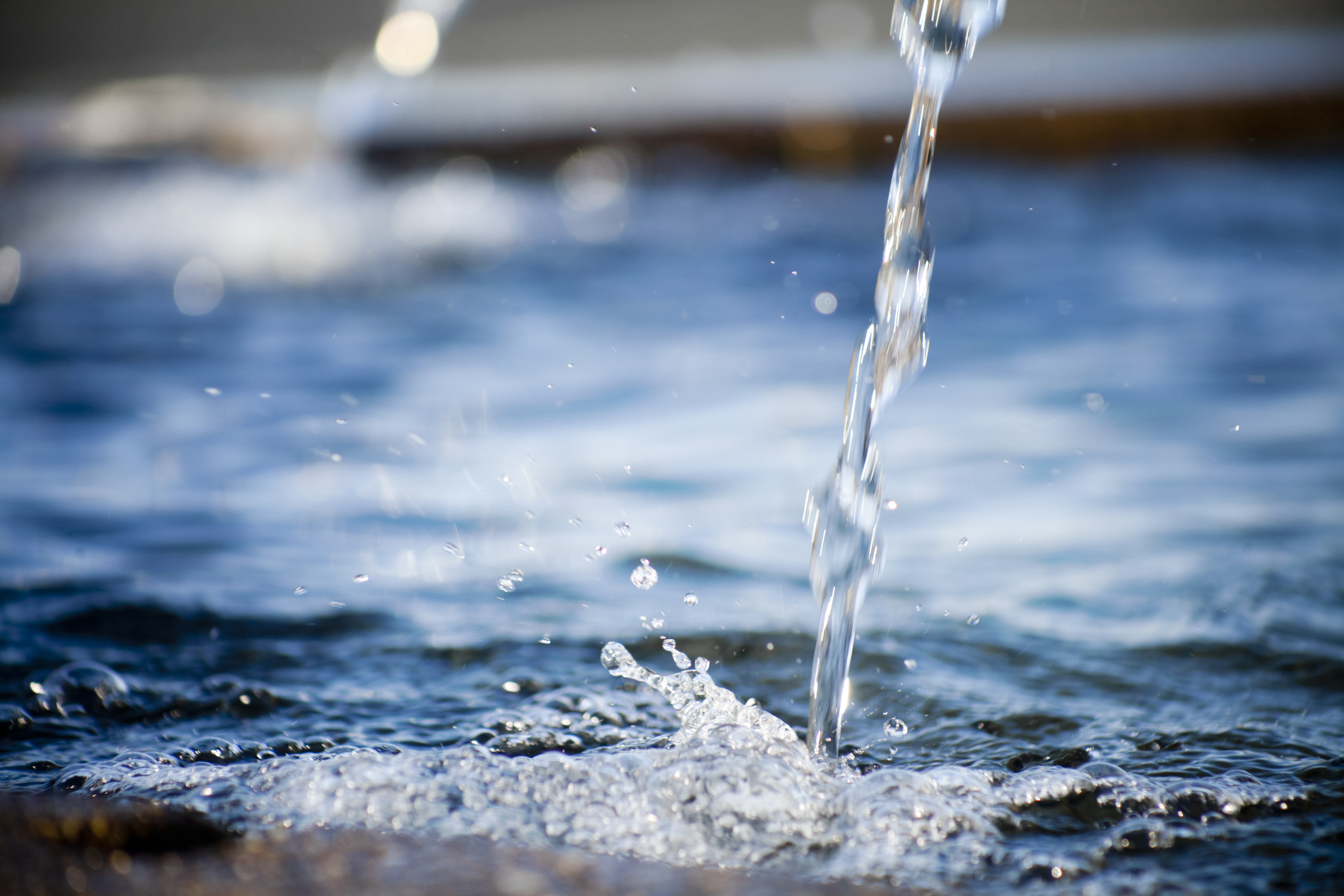Producing bulk electricity is water intensive. In fact, according to the U.S. Geological Survey, electric power plants are the single largest source of domestic water withdrawals annually. Thermoelectric plants rely on water to create steam to spin their turbines, and water is typically used in the cooling systems as well. All this water usage adds up. According to data from the Energy Information Administration, in 2017, thermoelectric power plants used 53 trillion gallons of water to generate electricity. On average across the U.S., it takes 13 gallons of water to produce one kilowatt-hour of electricity. However, that number varies drastically between states. Maryland’s power sector, for example, has the highest water intensity in the country at 47 gallons per kilowatt-hour.
Remember, water conservation is part of propane’s eco-friendly story. Propane reduces aggregate demand for bulk electricity and, by extension, the use of water. This is because space and water heating account for the largest share of energy use in a typical household.
To learn more about propane’s eco-friendly attributes and find material to fight the electrify everything movement, visit the Fight Electrification section on the Member Dashboard. For more information, please contact NPGA’s Jacob Peterson.
Related News

USDA Crop Progress Report
April 18, 2024
The U.S. Department of Agriculture (USDA) Crop Report as of April 14, 2024, shows promising developments in corn and soybean planting, crucial info...

RBN Energy Weekly Supply Update
April 18, 2024
U.S. propane inventories had a significant build of 4 MMbbl this week, putting propane inventories at 55.7 MMbbl. Total propane stocks are above th...

PERC Hosts Contest at FFA Convention
April 18, 2024
The Propane Education & Research Council (PERC) recently hosted an exciting contest at the 2023 Future Farmers of America (FFA) Convention. As ...

